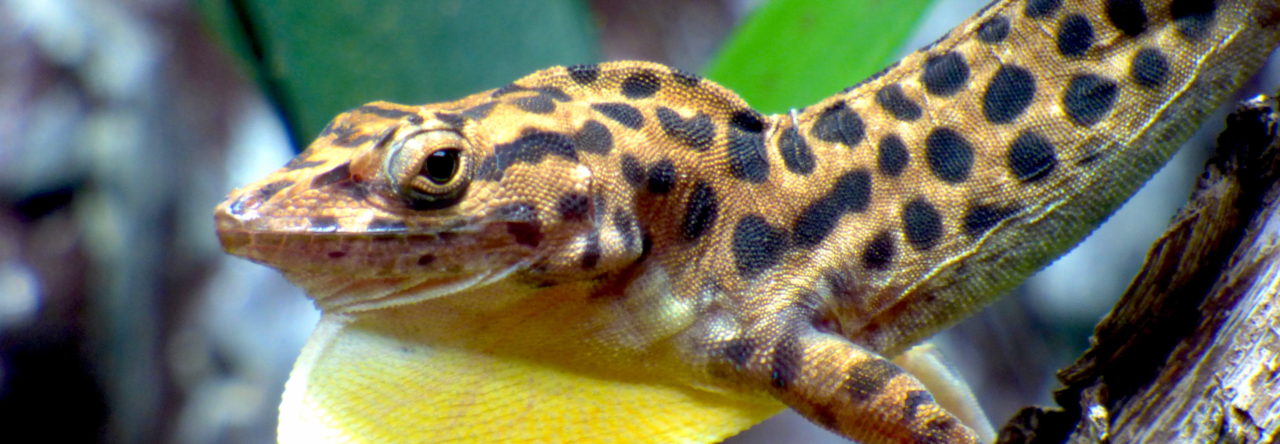Photographer and videographer extraordinaire Rick Stanley, whose work has appeared on AA previously, has just put together a short video of a number of Draco species signaling and gliding. Some of the shots are extraordinary—it’s particularly cool to see them use their throat lappets and wings for communication. Check it out on Vimeo!
Latest posts by Jonathan Losos (see all)
- Evolution in Real Time on Lizard Island - March 23, 2025
- Spider Snags Adult Anolis osa - March 22, 2025
- An Homage to the Green Anoles of New Orleans - March 21, 2025


Skip Lazell
When I ran out of new adventures in the West Indies with Anolis I migrated East and took up Draco: amazing parallels! Thanks! Skip
Martha Muñoz
Well, that does it. I’m switching to Draco.
Kevin de Queiroz
Yeah, they have the anoles beat with those lateral dewlap components.
Jim McGuire
Wonderful videos of displaying and gliding flying lizards! Thanks for posting them! I’m curious about the Draco blanfordii. Usually they have a maroon margin on the dorsal patagium. Could this be Draco indochinensis (one of the few Draco species I have not seen in life)? Sorry that I’m 6 months late with this post!
Rick Stanley
Thanks for the comments on my Draco footage, Jim! Glad you enjoyed watching. The lizard I identified as Draco blanfordii was on Langkawi island, Malaysia. If memory serves, blanfordii is one of the only two Dracos recorded from Langkawi (Draco indochinensis shouldn’t occur there). Maybe the difference in coloration is due to geography or sexual dimorphism? I seem to remember reading that blanfordii is sexually dimorphic in its patagium coloration.
Jim McGuire
Must be blanfordii given the locality. Thank for your response! Do you have more Draco footage? I’d be interested in learning more about your interest in Draco.
Cheers,
Jim
David Peters
Wonderful videos! And rare!
Similar to your gliding lizards are the gliders from the Permian through Cretaceous that changed their ribs into transverse processes and used rib-like dermal extensions to glide.
See a wide selection here:
htttp://www.reptileevolution.com/icarosaurus.htm
to start.
All good wishes, Dave Peters